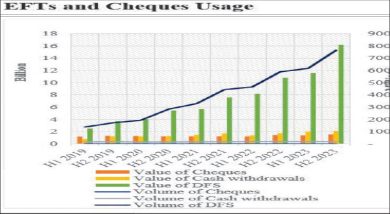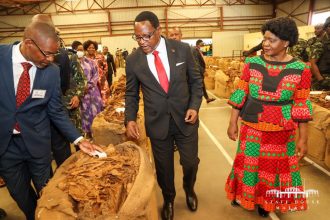MIE for efficient mining technologies

The Malawi Institution of Engineers (MIE) has called on mining firms to adopt new technologies to minimise accidents and increase productivity as government envisages doubling up revenue from the extractives industry.
MIE president in the North, Francis Gondwe, outlined the new challenge when practising and student engineers toured Mchenga Coal Mine in Rumphi on Friday.
The country’s oldest mine, being run by Rafiq Gaffar’s Coal Producers Limited, uses the traditional room-and-pillar methods to get to coal seams.
According to mine manager Johnston Dandazi, Mchenga, with almost 200 workers in various departments, produces 250 000 tonnes of coal every month.
“The tour was basically organised to appreciate the operations of the coal mine. We are impressed with what we have seen, but there is need for new technologies to ensure they use fewer people, cut operational costs and raise productivity,” said Gondwe.
With Tembo shaft closed and only Mwandila Mining Site operating, Mchenga uses a combination of mine workers carting coals in wheelbarrows from the extractors to conveyor belts which offload to trucks outside the tunnels.
Currently, mining contributes 10 percent to the national economy and the emerging industry pumping 20 percent into national coffers.
Apart from slow uptake of technologies, drawbacks to the country’s mining exploits include a widespread lack of professional training and low power supply. Unreliable electricity, coupled with further exploration to maximise profits, has left Mchenga Coal Mine running on coal—like Kayelekera Uranium which temporarily shut down in February.
MIE tour to Wovwe Hydropower Station in Karonga revealed that what opened as a three-piece power plant in 1996 is running with two engines, as one broke down almost a year ago, has been sent to South Africa for repairs.
The engineers also visited Chilumba Jetty, a port which has been falling apart due to disuse and lack of maintenance since 2005 when government terminated water transport from Northern Corridor in preference for road transport.





